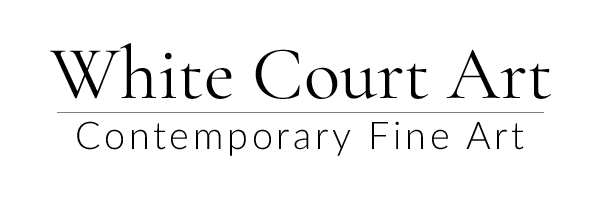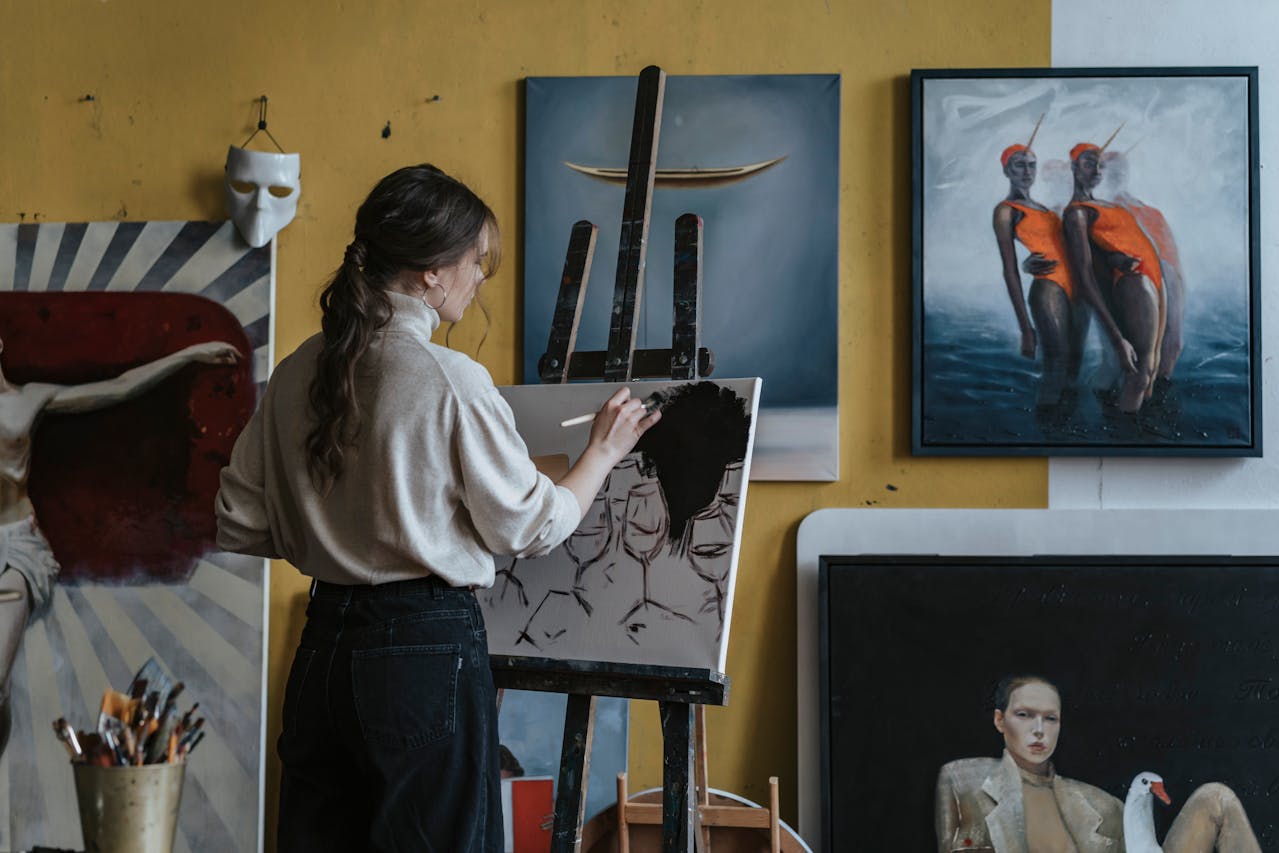Modern British paintings are a vibrant and diverse field, reflecting British artists’ rich history and innovative spirit. Over the years, the techniques and methods used by these artists have evolved significantly, incorporating new materials, tools, and technologies. This evolution has allowed artists to push the boundaries of creativity and explore new artistic expressions.
One of the most exciting aspects of contemporary British art is the willingness of artists to experiment with different techniques and tools. From traditional methods to the latest digital technologies, British artists continually find new ways to express their visions. This fusion of old and new creates a dynamic, ever-changing art scene that captivates audiences and collectors alike.
Exploring these modern techniques reveals how British artists are blending tradition with innovation. Understanding the evolution of these methods and the impact of new materials and technologies deepens our appreciation for the complexity and creativity of contemporary British art. This journey through modern techniques in British paintings promises to reveal the unique styles and approaches that define the current landscape of British art.
The Evolution of Techniques in British Art
British art has a rich and varied history, with techniques evolving over centuries to reflect changes in society, technology, and artistic vision. In the past, British painters often adhered to traditional methods, using oils and watercolours to create their works. Artists like J.M.W. Turner and John Constable mastered these techniques, laying the groundwork for future generations.
As we moved into the 20th century, British artists began to experiment with new styles and techniques. The influence of movements like Cubism, Surrealism, and Abstract Expressionism brought about a shift in how artists approached their work. Painters such as Francis Bacon and David Hockney broke away from conventional methods, introducing bold new ways to depict their subjects. This willingness to innovate has continued to be a hallmark of British art, with contemporary artists constantly redefining what is possible on canvas.
Plus, the evolution of techniques in British art reflects broader cultural and societal shifts. The rapid changes in technology and communication have allowed artists to access a wealth of information and inspiration from around the world. This global perspective has enriched the British art scene, contributing to a diverse and innovative array of artistic practices.
Innovative Materials and Tools
One of the most exciting aspects of contemporary British art is the use of innovative materials and tools. Artists are no longer confined to traditional paints and brushes; they have embraced a wide range of mediums to create their works. This experimentation has led to new textures, effects, and styles that challenge and redefine our understanding of painting.
For example, some artists incorporate unconventional materials like metal, glass, and fabric into their paintings. These materials add depth and dimension, creating multi-layered pieces that invite viewers to engage with the work on a tactile level. This approach is evident in the works of artists who use mixed media to create striking and unique compositions.
The use of tools has also evolved. British artists now employ various instruments such as palette knives, sponges, and even digital devices to achieve their desired effects. Digital technology, in particular, has opened up new possibilities for creativity. Artists can use tablets and software to sketch and plan their works, allowing for greater precision and experimentation before committing to a physical canvas.
These innovative materials and tools have expanded the horizons of British painting, enabling artists to push the boundaries of their creativity and produce works that resonate with contemporary audiences. By exploring these new avenues, artists continue to evolve and redefine the practice of painting in the modern era.
The Impact of Digital Technology on Painting
Digital technology has had a profound impact on contemporary British painting. Artists now have access to a wide range of digital tools and platforms that expand the possibilities of their craft. Software programs like Photoshop and Procreate allow artists to experiment with colours, textures, and forms in a way that was previously unimaginable.
Digital painting, where artists create works entirely on computers or tablets, has become a significant trend. This method offers greater flexibility, as artists can undo mistakes, try different variations, and create intricate details with ease. Additionally, digital artworks can be easily shared and reproduced, enabling a broader audience to access and appreciate the art.
Beyond the creation process, digital technology also plays a role in how art is viewed and experienced. Virtual reality (VR) and augmented reality (AR) allow viewers to engage with paintings in immersive ways. Art galleries and exhibitions now use these technologies to enhance the viewing experience, providing deeper insights into the artist’s process and the artwork’s context.
Blending Traditional and Modern Approaches
Many contemporary British artists find a balance by blending traditional techniques with modern methods. This fusion creates innovative and captivating works that offer the best of both worlds. For example, an artist might use traditional oil paints for their rich texture and depth, while also incorporating digital elements to add layers and complexity.
This approach is particularly evident in the works of artists who use mixed media. By combining traditional and digital techniques, they can achieve unique effects and explore new artistic territories. This blending of methods allows for greater experimentation, pushing the boundaries of what painting can convey.
By integrating traditional craftsmanship with modern innovation, artists pay homage to the history of British art while also contributing to its future. This respect for tradition, combined with a forward-looking approach, ensures that British painting remains dynamic and relevant.
Exploring Contemporary British Art Movements
Modern techniques in British paintings reflect a rich tapestry of innovation, tradition, and creativity. Artists today draw on a broad spectrum of materials, tools, and technologies to create works that are both complex and captivating. From the evolution of painting techniques to the impact of digital technology, contemporary British artists continue to redefine the art form, blending past and present to produce truly remarkable pieces.
At White Court Art gallery, we celebrate these innovations and the talented artists behind them. Our collection features a diverse range of works that highlight the cutting-edge techniques shaping British art. Discover the unique styles and approaches of our contemporary British artists by visiting White Court Art.
Explore, appreciate, and bring home a piece of modern British art that resonates with you!

